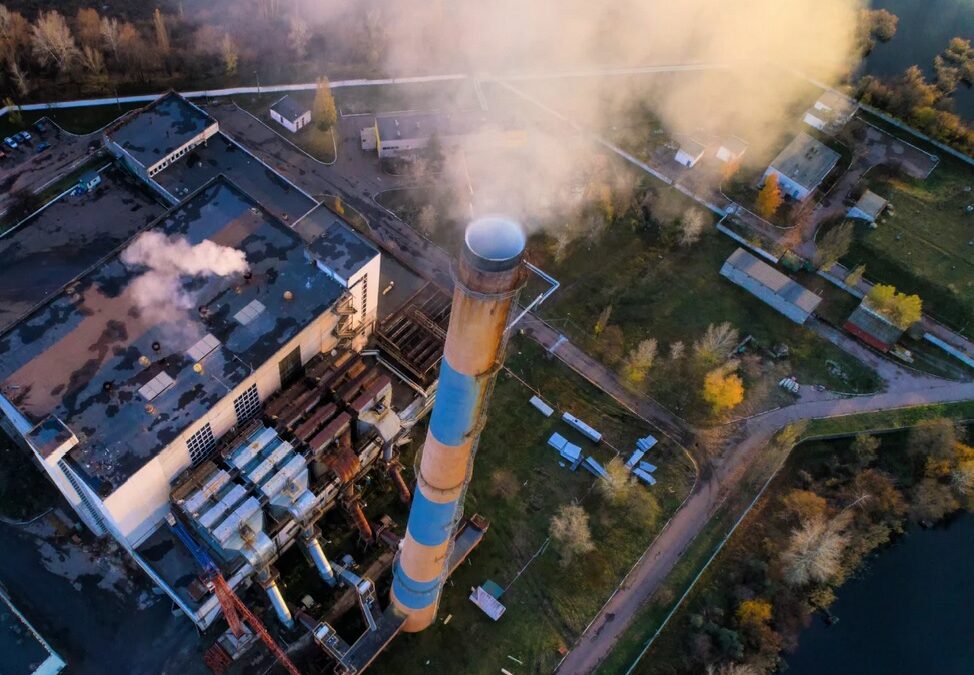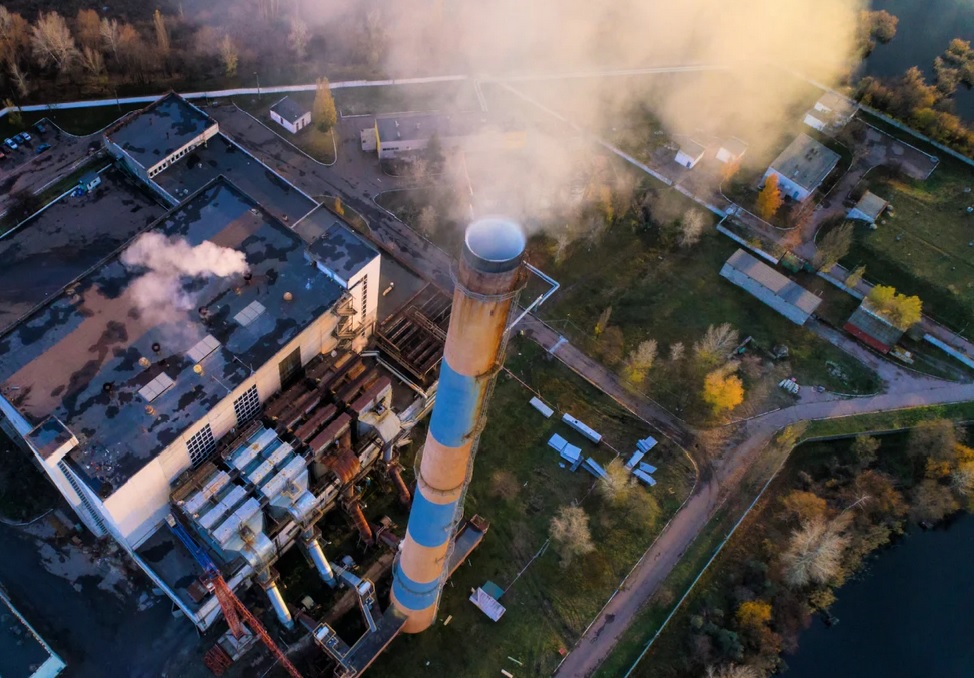NATIONAL ACTION to Stop Experimental PFAS Burns!
The issue: While the disposal of PFAS chemicals poses an unprecedented challenge, the rush to burn these chemicals is on despite no evidence they can be safely incinerated. Incineration of PFAS responds to the need for a disposal option, but instead of a cure, incineration threatens to trigger an unintended cascade of harm including contamination of local communities’ drinking water sources, soil contamination, and exposure to these extremely toxic chemicals by residents of host communities.
Background: Virtually nothing is known about the formation of new chemicals and combustion byproducts that occur during incineration of PFAS chemicals or what risks they may pose to human health and the environment.[1]
EPA readily acknowledges that incineration can result in the “incomplete destruction” of PFAS compounds, resulting in the formation of smaller PFAS products, combustion byproducts and products of incomplete combustion (PICs) which “may not have been researched and thus could be a potential chemical of concern.”[2] Yet, EPA has not yet developed the testing methods to find the combustion breakdown products from PFAS incineration, much less the analytic methods to find most PFAS chemicals in the air.
Indeed, emission studies, particularly for PICs, have been “incomplete” due to lack of approved and validated measurement methods suitable for comprehensive characterization, EPA scientists affirm.[3]
The Problem: Despite this, EPA is now desperate to find an incinerator to test stack emissions after the state of New Jersey refused to allow them to test the incinerator at Rahway, NJ. EPA is urgently seeking another incinerator for trial test burns. Until validated, peer-reviewed stack tests are available, the rush to burn PFAS chemicals must stop – incineration does NOT destroy PFAS!
HOW YOU CAN HELP:
Contact your state environmental director and urge them to REJECT experimental PFAS burns in your state or any other! To find your state representative, visit https://www.ecos.org/members/
Every voice makes a difference!
THANK YOU!
References:
[1] National Academies of Sciences, Engineering, and Medicine. 2020. Understanding, Controlling, and Preventing Exposure to PFAS: Proceedings of a Workshop–in Brief. Washington, DC: The National Academies Press, pages 5-6. https://doi.org/10.17226/25856.
[2] U.S. Environmental Protection Agency, Technical Brief, 2019. Per- and Polyfluoroalkyl Substances (PFAS): Incineration to Manage PFAS Waste Streams, https://www.epa.gov/sites/production/files/2019-09/documents/technical_brief_pfas_incineration_ioaa_approved_final_july_2019.pdf.
[3] U.S. Environmental Protection Agency, Technical Brief, 2019. Per- and Polyfluoroalkyl Substances (PFAS): Incineration to Manage PFAS Waste Streams, https://www.epa.gov/sites/production/files/2019-09/documents/technical_brief_pfas_incineration_ioaa_approved_final_july_2019.pdf.
PFAS test at New Jersey incinerator scrapped following public outcry Waste Dive August 2020


